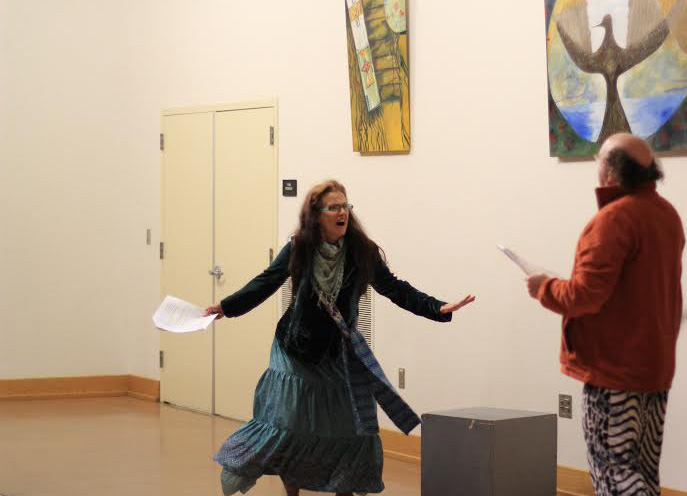Keeping afloat: The constant search for funding
It doesn’t take long to figure out who funded the sleek new College of Business building at Northern Illinois University. Just inside the front door of the $20 million hall, there’s an entire wall dedicated to the people who made it happen, NIU alum Dennis Barsema and his wife, Stacey.
The giant photos of the smiling Barsemas send a message that resonates like never before with cash-strapped public university administrators.
Barsema Hall symbolizes the new fiscal reality that has gripped public universities across the country: To retain prized faculty members, jump-start new programs and fund student aid, public colleges can’t rely solely on state legislatures anymore.
Accordingly, schools ranging in size and prestige from NIU to the University of Texas are aggressively fund raising like their private counterparts. And even many community colleges feel obligated to pursue private cash.
“The only way that the public [universities] are going to be competitive with the privates is if we increase endowment,” said University of Illinois President James Stukel, whose university experienced salary freezes and an $89 million cut in state funding last year.
Historically, Ivy League or top private schools claimed the bulk of the billion-dollar endowments and major capital campaigns. But the academic billionaires club now includes top public universities such as the University of Michigan, the University of Virginia, the University of California at Berkeley and the U. of I., which just completed a $1.5 billion campaign.
According to statistics collected by the Council for Aid to Education, 10 of the top 20 schools in private giving in 2001 were public universities, with Indiana University ranked seventh with more than $300 million in gifts.
Since 1997, private giving to large public research institutions is up 62 percent, to $7.8 billion, according to council statistics.
“The trend is all in that direction for us, and we’re not anywhere unique here,” said Paul Courant, provost and vice president for academic affairs at Michigan.
In 1980, the state contributed roughly half of the operating funds for public universities in Illinois. Today, many state schools see just about a third of their funds coming from the state.
“The driving force behind state institutions’ fund-raising efforts has been a desire to cultivate revenue sources that will not be subject to the annual vagaries of the state appropriations process,” said David Bass, an official with the Council for Advancement and Support of Education in Washington.
State universities can turn to tuition to help defray the loss of state dollars but also have a mission to keep tuition within reach for poor and minority students. But public university officials argue that it’s getting increasingly tough to compete with private university faculty salaries and programs while holding the line on tuition.
Stukel said top private schools pay faculty as much as 20 percent higher than state schools.
But private dollars can help public schools close the gap, “which allows you to be competitive with anybody,” Stukel said.
Michigan was among the first public schools to vigorously pursue private funding as state dollars became scarcer.
Now with a $4 billion endowment, school officials say private giving makes a major difference in everything from program quality to student aid.
Private money, said Courant, “allows us to be one of the nation’s best universities, which if we didn’t have that source would be very hard to be.”
As state universities step up their private fund-raising efforts, some in academia worry about the trend. Will universities become beholden to the interests of the private sector? Will this pursuit of expanded programs and prestige further drive up tuitions as well, making the publics more elite and less accessible to minorities and the poor?
“We are still very much a public institution,” Courant said. “We’re just a public institution with a diverse set of revenue streams.”
University officials, however, note that fund raising is getting harder as there are more competitors for donor dollars.
“Everybody has a billion-dollar campaign,” said Mark Yudof, chancellor of the University of Texas system. “Everybody is getting better at it … and it’s harder to push that button so hard.”
But that doesn’t stop university officials from trying.



